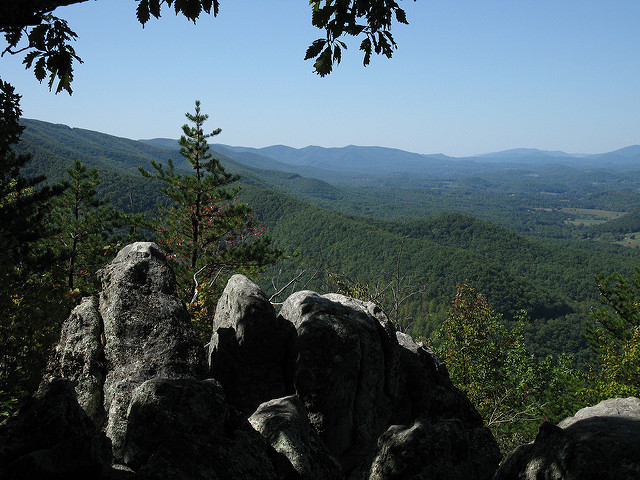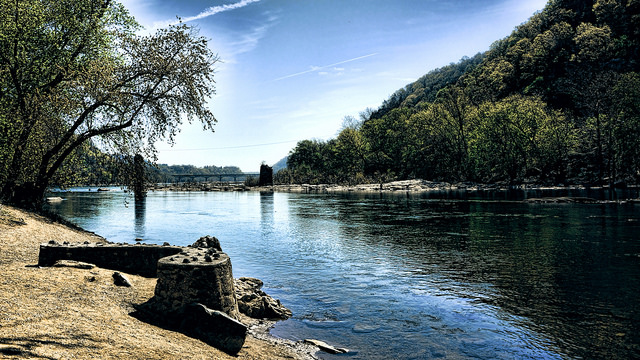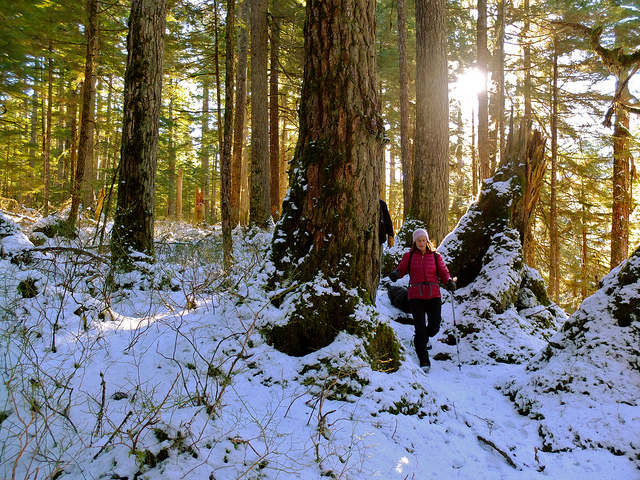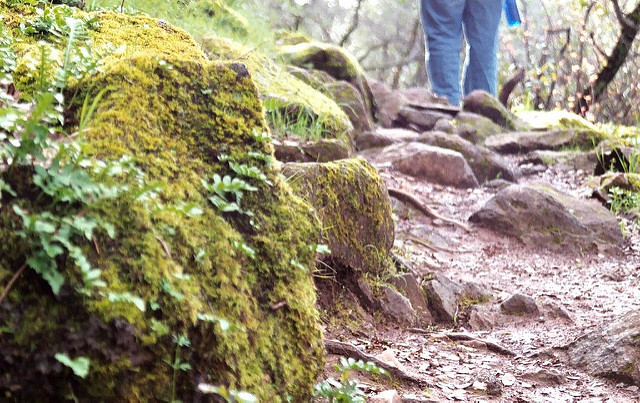The Appalachian Trail is part of the National Park Service and it was completed in 1937. It is approximately 2,170 miles long and it crosses six national parks on its way from Springer Mountain all the way up north to Mount Katahdin. The trail crosses through 14 states, and amongst those, we have Virginia, Maryland and Pennsylvania; another great reason to hike close to home since we have a unique opportunity to see this amazing stretch of the rail. The trail has something for everyone, and even doing a short stretch can be a daunting task for those who are looking for a challenge. It is said that to hike the entire trail you need to invest close to $5,000 dollars in supplies, about 6 months of your time and the mental fortitude to disconnect from our increasingly digital world and our dependency in social media. Have we also mentioned that you need to be in great shape to walk the five million steps that it takes to complete the trail? Well, there is that too.
Today here at Sudir Raju’s Blog, we want to give some basic and interesting information about the Appalachian Trail, especially if you are a beginner thinking about hiking a portion of the trail or starting your journey into following the trail from beginning to end.
Some terms you should know.
Like most activities, hobbies and past-times, hiking the trail in itself use a lot of terms that have been coined by hikers and that you should understand before going out there.
A Thru-Hiker is a person who sets to complete the trail in its entirety. They attempt to do the hike within a single season in one continuous journey.
On the other hand, we have the Section-Hiker who focuses on completing the trail by sections, and it makes taking them several years to do it. Some section hikers simply complete a particular portion that interests them, or that is close to their homes and that is it.
Another set of interesting terminology has to do with the way people approach their journey through the trail. Purists are people who follow the blazes of the trail the way they are supposed to be followed and thus journey through what we can call, the “official path”. Blue-Blazers by contrast, are people who take side-trails and go off the regular path in order to explore sections, to see new sites or to take some shortcuts. There are others who are called Yellow-Blazers and they are known for skipping parts of the journey by traveling in a vehicle and then picking getting back on the trail later on.
Which way do you go?
This decision affects mostly Thru-hikers since their journey is a lot longer and it is highly impacted by where it starts and where it ends. If you are simply hiking a small section of the trails, the decision is merely personal, but when you are going end-to-end, you need to consider that the northern portion is a lot more difficult and it requires more preparation and that your starting point depends a lot on weather conditions. Most people begin their journey at the end of the winter or in early spring. It is logical to start down south in Georgia to avoid the harsh winter that still lingers up north, but that will eventually get warmer by the time you arrive. If you decide to start your hike during the fall, then you should consider Maine as your starting point so you can give the southern states to cool down by the time you make your way down there.

Find a good balance between weight and comfort.
Traveling light is something that most hikers always strive for, and in order to do that, you must shed some comforts for the sake of faster traveling and less wear and tear on your body. However, that is not the norm for everyone and some people will tell you that some small comforts to make a big difference. If you think about it, you will be spending a lot of time on the trail, enough time that you will come to see how a small coffee maker, a chair, a game or some creature comforts will help you past the time and make bearable some of the most difficult physical and mental aspects of the journey through the Appalachian Trail.
Get fit for the trail.
Walking the trail is difficult and demanding. You shouldn’t wait until you get out there to realize that you simply cannot cut it. Start training weeks or even months before and do it right. Building leg muscle strength and cardiovascular endurance are just part of the training. Do you know how to set your brand new tent up? Can you do it in the dark? How about wearing your backpack fully loaded while walking? Does it have any pressure spots that hurt your back after a couple of hours? None of these questions should surprise you by the time you are out there.







